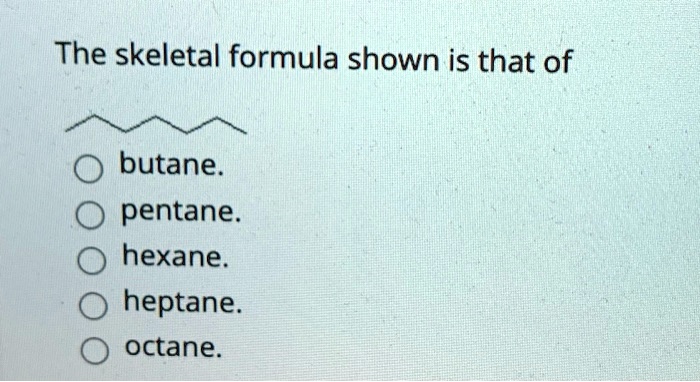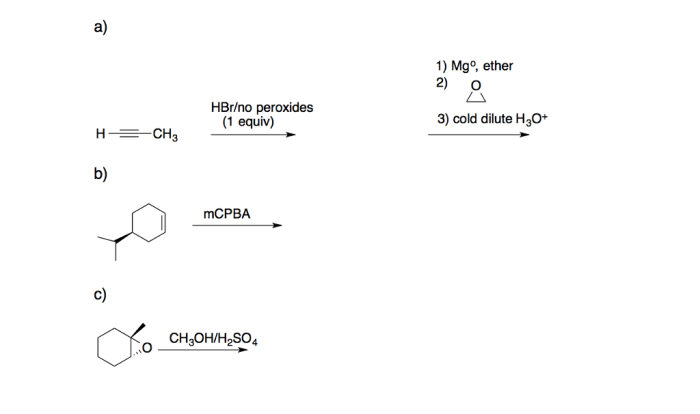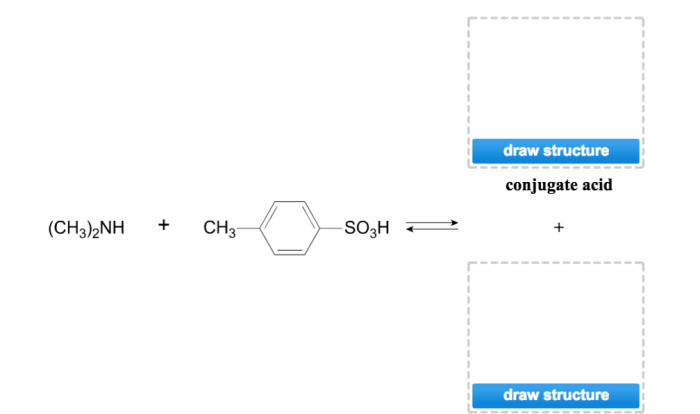Welcome to our in-depth elements compounds or mixtures worksheet, a valuable resource that unlocks the secrets of these fundamental chemical concepts. As we embark on this educational journey, we will explore the distinct characteristics, properties, and behaviors of elements, compounds, and mixtures, empowering you with a comprehensive understanding of their significance in the world around us.
Throughout this worksheet, we will delve into the fascinating realm of chemistry, unraveling the mysteries of how these substances interact and shape our world. Get ready to expand your knowledge and gain a deeper appreciation for the building blocks of matter.
1. Introduction
Understanding elements, compounds, and mixtures is crucial in chemistry. Elements are pure substances that cannot be broken down further by chemical means. Compounds are formed when two or more elements combine chemically. Mixtures are combinations of two or more elements or compounds that are not chemically combined.
2. Properties of Elements, Compounds, and Mixtures
Physical Properties
- Elements: Unique physical properties, such as melting point, boiling point, density, and color.
- Compounds: Distinct physical properties that differ from their constituent elements.
- Mixtures: Properties are an average of the properties of their components.
Chemical Properties
- Elements: React in specific ways to form compounds.
- Compounds: Have unique chemical properties that determine their reactivity.
- Mixtures: Do not undergo chemical reactions; components retain their properties.
3. Methods for Identifying Elements, Compounds, and Mixtures
Flame Tests
- Used to identify elements based on the color of the flame produced when a sample is heated.
- Different elements produce characteristic colors.
Solubility Tests, Elements compounds or mixtures worksheet
- Used to differentiate between compounds and mixtures.
- Compounds dissolve in specific solvents, while mixtures may not.
Chromatography
- Separates components of a mixture based on their different properties.
- Used to identify and quantify compounds in mixtures.
4. Chemical Reactions Involving Elements, Compounds, and Mixtures
Chemical Equations
- Represent chemical reactions symbolically.
- Show the reactants, products, and stoichiometry of the reaction.
Stoichiometry
- Calculates the quantitative relationships between reactants and products in a chemical reaction.
- Uses mole ratios to determine the amount of each substance involved.
5. Applications of Elements, Compounds, and Mixtures
Elements
- Used in construction (e.g., steel, aluminum), electronics (e.g., copper, silicon), and medicine (e.g., iodine, sodium).
Compounds
- Water (H 2O), essential for life.
- Sodium chloride (NaCl), used as table salt.
- Carbon dioxide (CO 2), used in fire extinguishers and carbonated beverages.
Mixtures
- Air (a mixture of gases).
- Alloys (mixtures of metals).
- Concrete (a mixture of cement, sand, and gravel).
6. Safety Considerations When Working with Elements, Compounds, and Mixtures: Elements Compounds Or Mixtures Worksheet
Hazards
- Toxicity (e.g., mercury, lead).
- Flammability (e.g., gasoline, propane).
- Explosivity (e.g., gunpowder, nitroglycerin).
Precautions
- Wear appropriate safety gear (e.g., gloves, goggles).
- Work in a well-ventilated area.
- Follow proper disposal procedures.
Detailed FAQs
What is the difference between an element and a compound?
An element is a pure substance that cannot be broken down into simpler substances by chemical means, while a compound is a substance composed of two or more elements chemically combined in fixed proportions.
How can I identify an element, compound, or mixture?
Various experimental methods can be used to identify elements, compounds, and mixtures, including physical property tests, chemical reactions, and spectroscopic analysis.
What are the applications of elements, compounds, and mixtures in everyday life?
Elements, compounds, and mixtures are essential components of countless products and technologies we use daily, from food and medicine to electronics and building materials.


